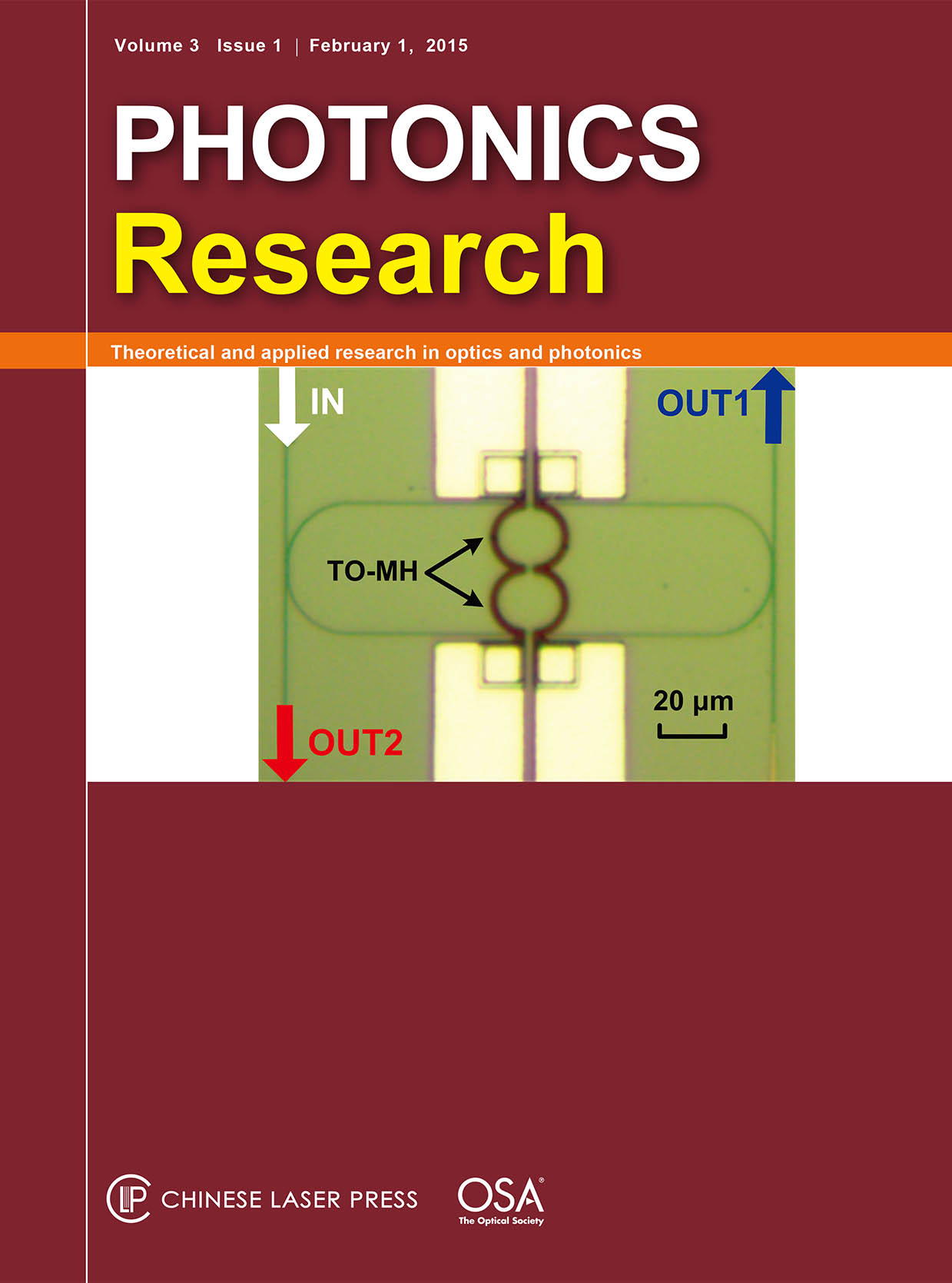 View fulltext
View fulltext
Controlling photographic illumination in a structured fashion is a common practice in computational photography and image-based rendering. Here we introduce an incoherent photographic imaging approach, termed Fourier ptychographic photography, that uses nonuniform structured light for super-resolution imaging. In this approach, frequency mixing between the object and the structured light shifts the high-frequency object information to the passband of the photographic lens. Therefore, the recorded intensity images contain object information that is beyond the cutoff frequency of the collection optics. Based on multiple images acquired under different structured light patterns, we used the Fourier ptychographic algorithm to recover the super-resolution object image and the unknown illumination pattern. We demonstrated the reported approach by imaging various objects, including a resolution target, a quick response code, a dollar bill, an insect, and a color leaf. The reported approach may find applications in photographic imaging settings, remote sensing, and imaging radar. It may also provide new insights for high-resolution imaging by shifting the focus from the collection optics to the generation of structured light.
We report, for the first time to our knowledge, an on-chip mode-locked laser diode (OCMLLD) that employs multimode interference reflectors to eliminate the need of facet mirrors to form the cavity. The result is an OCMLLD that does not require cleaved facets to operate, enabling us to locate this OCMLLD at any location within the photonic chip. This OCMLLD provides a simple source of optical pulses that can be inserted within a photonic integrated circuit chip for subsequent photonic signal processing operations within the chip (modulation, optical filtering, pulse rate multiplication, and so on). The device was designed using standardized building blocks of a generic active/passive InP technology platform, fabricated in a multi-project wafer run, and achieved mode-locking operation at its fundamental frequency, given the uncertainty at the design step of the optical length of these mirrors, critical to achieve colliding pulse mode-locked operation.
Metal-semiconductor-metal photodetectors on semi-insulating GaAs with interdigital electrodes showed significant enhancement in the spectral response in the near-infrared region as the electrode spacing is reduced. The photocurrent for the device with 5 μm interdigital spacing is five orders of magnitude higher than the dark current, and the room temperature detectivity is on the order of 2.4 × 1012 cmHz1/2 W-1 at 5 V bias. Furthermore, the spectral response of this device possesses strong dependence on the polarization of incident light showing potential plasmonic effects with only microscale dimensions. These experimental data were analyzed using optical simulation to confirm the response of the devices.
Single photon modulation has been proposed to overcome the defects of the low signal-to-noise ratio (SNR) and slow process rate of photon counting. In this paper, we present the quantum theory of single photon modulation, and then experimentally investigate the modulation spectroscopy both in the time domain and frequency domain. It is found that the SNR reached 150 in approximately the MHz modulation bandwidth.
We propose and experimentally demonstrate compact on-chip 1 × 2 wavelength selective switches (WSSs) based on silicon microring resonators (MRRs) with nested pairs of subrings (NPSs). Owing to the resonance splitting induced by the inner NPSs, the proposed devices are capable of performing selective channel routing at certain resonance wavelengths of the outer MRRs. System demonstration of dynamic channel routing using fabricated devices with one and two NPSs is carried out for 10 Gb∕s non-return-to-zero signal. The experimental results verify the effectiveness of the fabricated devices as compact on-chip WSSs.
Surface-wave-based optical sensing of an analyte in a fluid relies on the sensitivity of the surface wave to the electromagnetic properties of the analyte-containing fluid in the vicinity of the guiding interface. Surfaceplasmon-polariton (SPP) waves are most commonly used for optical sensing because of the ease of the excitation of an SPP wave when the fluid is partnered with a metal. If the fluid is replaced by a porous, anisotropic, and periodically nonhomogeneous solid filled with the fluid, while the metal is replaced by an isotropic homogeneous dielectric material, the surface wave is called a Dyakonov–Tamm (DT) wave. We have theoretically determined that the incorporation of the DT-waveguiding interface in a prism-coupled configuration provides an alternative to the analogous SPP wave-based sensor, with comparable dynamic sensitivity.














